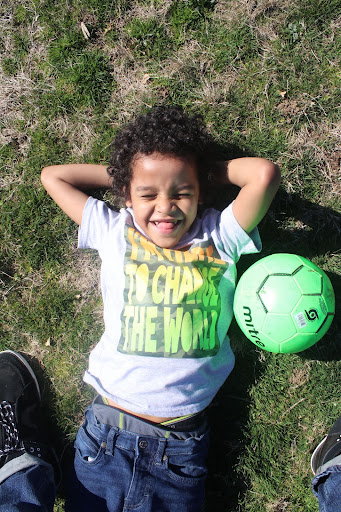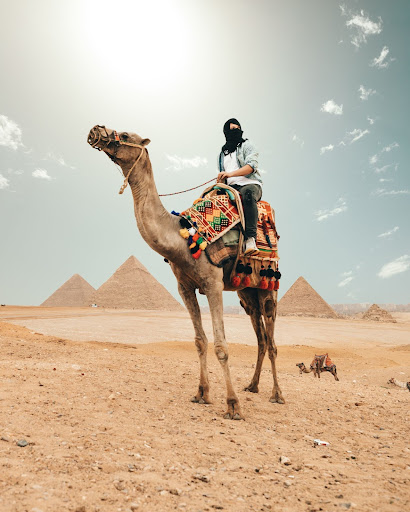This course examines the environmental and cultural patterns of the major world regions. Students examine demographic and economic data and investigate the causes, effects, and possible solutions to current international conflicts, problems, and environmental concerns. Map skills are extended as students use an atlas and varied types of maps in regional studies, build spatial perceptions and develop a mental map of the world.
Essential Questions: Why and how do people interact with others and with their environment? What factors distinguish regions one from another? How and why do people, goods, and ideas move from one place to another? How can I apply geography skills to my everyday life?
|
Quarter 1/2 |
Quarter 2/3 |
Quarter 3/4 |
|
|
Topic and Time |
Where on Earth? Geography basics and how the earth and people interact and affect one another |
Livin’ it up! How geography affects economic development which affects how and where we live |
Going Places! Major regions of the world: their cultures, politics, economies, and interactions |
|
Image Cue |
|

|

|
|
Focus of the Story |
As our expedition begins, we explore how physical and ecological processes shape Earth’s surface, affecting people and places. Additionally, we examine the concept of “region” to see how geography and culture unite people, but also can serve to divide. Finally, we examine how regional resources interplay with where people live and what they do. |
We continue navigating the relationship of land and resources by comparing economic development by region. We discover how economic activity impacts standards of living, quality of life, and urban development. We will apply all of these elements as we explore their impact on human migration, cultural diffusion and the world around us! |
We conclude our journey by exploring all of the major regions of the world. We investigate “place”-- analyzing physical, culture, economic, and political features that distinguish cultural regions by applying what we’ve learned. We celebrate the diversity of the world’s regional landscape while also examining the factors that influence cultural and economic diffusion. |
|
Transfer Goals |
THINK: Comprehend how (evidence-based) sources and perspectives can clarify and contradict key information to better understand core issues (across contexts) in the past and present. (Knowledgeable, Thinkers and Inquirers, Cross-Culturally Competent) ACT: Communicate effectively based on purpose, task, and audience using valid and reliable information with accurate and relevant details* (Problem Solvers and Value Creators, Knowledgeable) |
CONNECT: Demonstrate civic and social practices through interactions with others and self-reflection in service of an interdependent global community. (Personally and Socially Responsible, Resilient Learners) ACT: Communicate effectively based on purpose, task, and audience using valid and reliable information with accurate and relevant details* (Problem Solvers and Value Creators, Knowledgeable) |
QUESTION: Ask and pursue a line of questioning based on curiosity, prior knowledge, personal experience, and ongoing research to establish patterns, draw well-reasoned conclusions, or take actions. (Knowledgeable, Thinkers and Inquirers, Problem Solvers and Value Creators) ACT: Communicate effectively based on purpose, task, and audience using valid and reliable information with accurate and relevant details* (Problem Solvers and Value Creators, Knowledgeable) |
|
Learning Targets |
|
|
|

